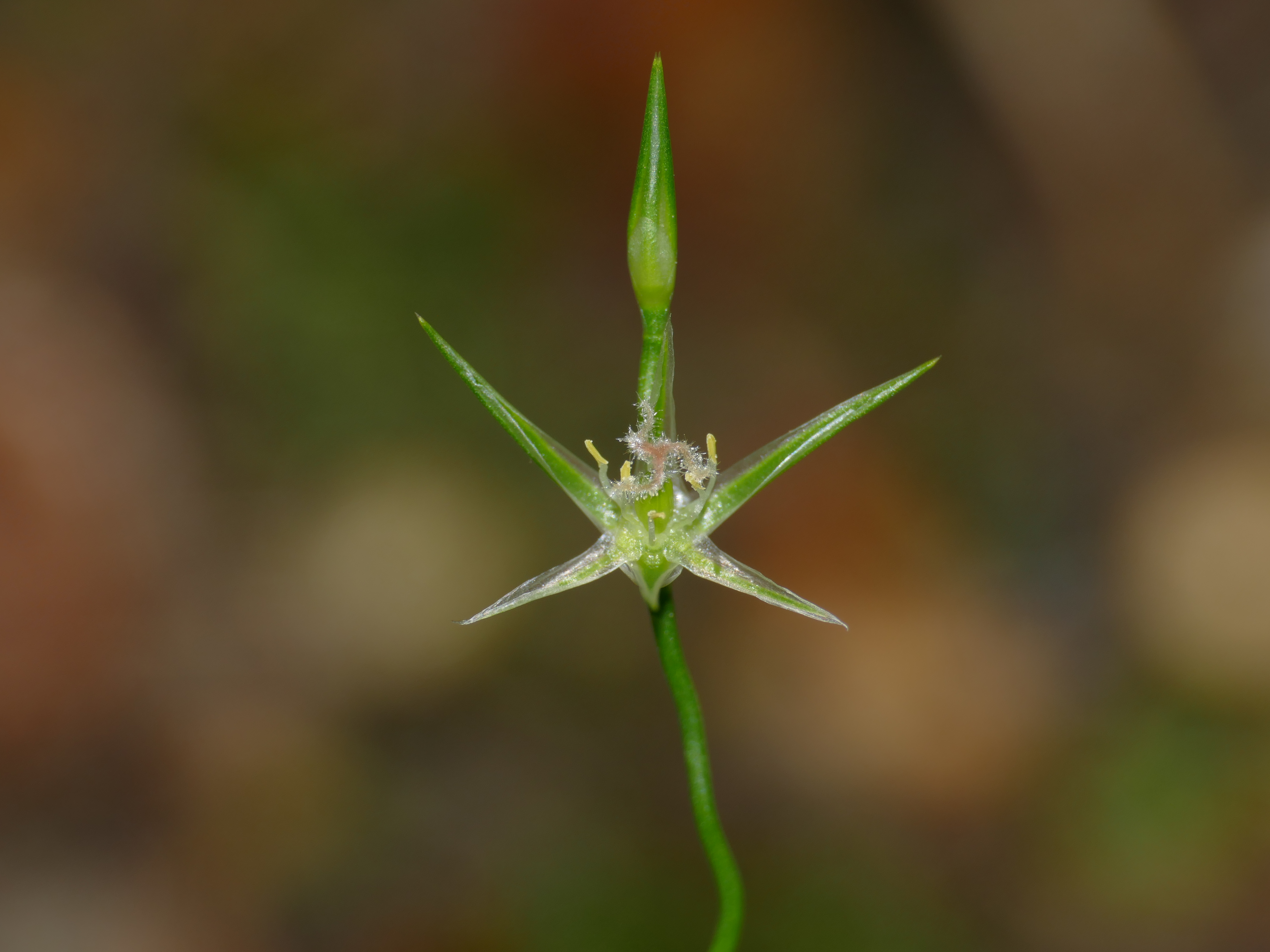Toad rush
(Juncus bufonius)

Description
Juncus bufonius, known commonly as toad rush, is a widespread flowering plant species complex in the rush family Juncaceae. Its native range is circumpolar throughout tropical, subtropical, subarctic, and temperate climate areas of the Northern Hemisphere and Southern Hemisphere. It is also widely distributed as an introduced species in suitable habitats worldwide. It grows in moist and muddy places, often in wetlands and riparian areas. In habitats where it is not native and has naturalized it may be considered a weed. The relationship of North America plants to the Eurasian Juncus ranarius is weakly delineated. Juncus bufonius is an annual monocot that is quite variable in appearance. It is generally a green clumping grasslike rush, with many thin stems wrapped with few threadlike leaves. The flowers are borne in inflorescences and also in the joint where the inflorescence branches off of the stem. It is a grassy flower folded within tough bracts and sepals. The blooming period is March through May. Juncus is a genus of monocotyledonous flowering plants, commonly known as rushes. It is the largest genus in the family Juncaceae, containing around 300 species. Rushes of the genus Juncus are herbaceous plants that superficially resemble grasses or sedges. They have historically received little attention from botanists; in his 1819 monograph, James Ebenezer Bicheno described the genus as "obscure and uninviting". The form of the flower differentiates rushes from grasses or sedges. The flowers of Juncus comprise five whorls of floral parts: three sepals, three petals (or, taken together, six tepals), two to six stamens (in two whorls) and a stigma with three lobes. The stems are round in cross-section, unlike those of sedges, which are typically somewhat triangular in cross-section. In Juncus section Juncotypus (formerly called Juncus subg. Genuini), which contains some of the most widespread and familiar species, the leaves are reduced to sheaths around the base of the stem and the bract subtending the inflorescence closely resembles a continuation of the stem, giving the appearance that the inflorescence is lateral. Juncus has a cosmopolitan distribution, with species found throughout the world, with the exception of Antarctica. They typically grow in cold or wet habitats, and in the tropics, are most common in montane environments.
Taxonomic tree:







